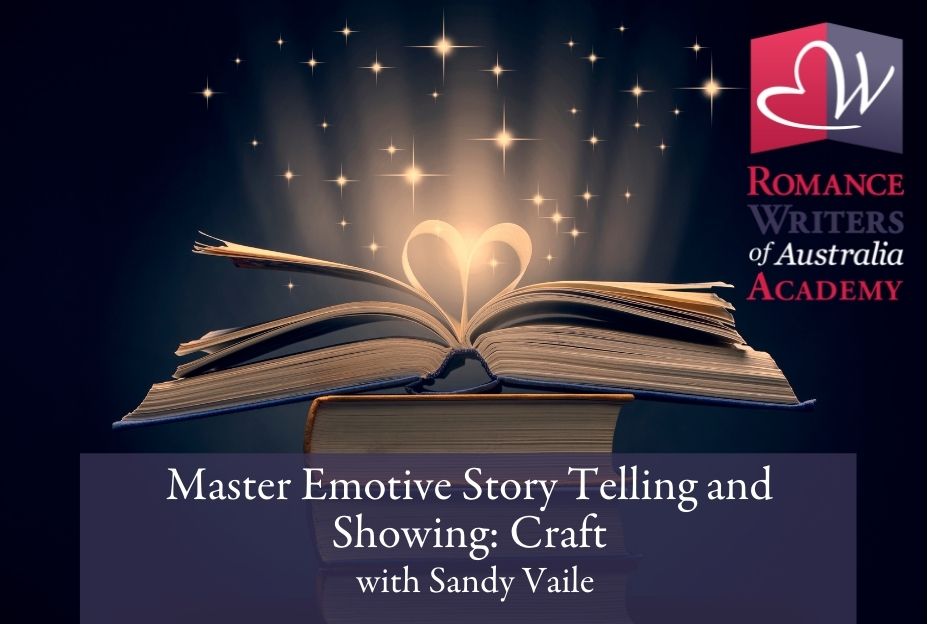‘Show don’t tell’ is one of the most worrisome writing guidelines ever created, but it’s also essential to modern authors. Finding the right balance of showing and telling in your story is like patting your head and rubbing your belly while balancing on one leg at the top of a pole in a river full of crocodiles. (And I never exaggerate.)
Authors get themselves tied up in knots over showing and telling, but the good news is if you take a deep breath, let go of the minutiae that are bogging you down and remember one simple and liberating concept, you’ll be well on your way to mastering this tricky business.
The one concept you need to know?
ACTIVE STORYTELLING
Showing demonstrates what’s going on through the perspective of the Point of View character, while telling states what the author can see happening. Both of these techniques should exist harmoniously together. That’s where active storytelling comes into it.
What is active storytelling?
To practise active storytelling, you only need to embrace two beliefs:
- Writing is storytelling so you will be telling throughout.
- Each sentence/paragraph needs to be assessed to ensure information is conveyed in the most interesting (aka active) way possible.
Once you get used to this mindset, it will relieve the stress of ‘show don’t tell’ forever.
How to apply active storytelling
Each time I look at a chapter/scene I consider if I have put characters in motion enough:
- Where they can interact with the setting and converse with other characters; and/or
- Are doing something if they do need to think through a situation on their own.
Each time I look at a paragraph I consider if I am:
- Explaining what readers should see and feel, and if so, can I just show them what’s happening as it happens and leave them to draw their own conclusions about those actions? (Keeping in mind, that you don’t want to leave interpretation so open that readers accidentally draw a wrong conclusion.)
- Describing the setting when I could have characters interact with it, enabling readers to catch glimpses of the location and where characters are situated.
Each time I look at a sentence I consider if I have:
- Used an active sentence structure;
- Chosen active verbs; and
- Chosen vivid details that add depth to the plot and characters, rather than random details).
Now, each time you write, all you have to do is remember the simple concept of putting your characters into action whenever possible, and you’ll forge ahead as an active storyteller.
If you are tired of feeling overwhelmed by the ‘show don’t tell’ guideline, are ready to put it to bed once and for all and become an active storyteller, then grab a place in the Master Emotive Storytelling and Showing workshop, starting on 5th September 2022. You will learn how to combine showing action with efficient telling in a nurturing environment.
Details on the RWA Academy workshop can be found here.
Presenter Bio

Sandy Vaile is a motorbike-riding daredevil who isn’t content with a story unless there’s a courageous heroine and a dead body. She writes romantic-suspense for Simon & Schuster US and coaches fiction authors to write novels they are proud to share (and which get noticed by agents and publishers).
Sandy is an experienced course presenter who provides a nurturing workshop environment where participants can truly absorb the material and apply it to their own work.
In her spare time, Sandy composes procedures for high-risk industrial processes, judges writing competitions, runs The Fearless Novelist Facebook group, and offers critiquing services.
Connect with Sandy Vaile on her website or social media.

